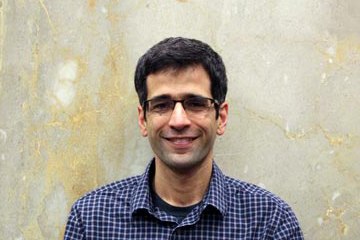A Top-Down Approach to Estimating Spatially Heterogeneous Impacts of Development Aid on Vegetative Carbon Sequestration
Date Published
Mar 9, 2017
Authors
Daniel Runfola, Ariel BenYishay, Jeffery Tanner, Graeme Buchanan, Jyoteshwar Nagol, Matthias Leu, Seth Goodman, Rachel Trichler, Robert Marty
Publisher
Sustainability
Citation
Runfola, D., Benyishay, A., Tanner, J., Buchanan, G., Nagol, J., Leu, M., . . . Marty, R. (2017). A Top-Down Approach to Estimating Spatially Heterogeneous Impacts of Development Aid on Vegetative Carbon Sequestration. Sustainability, 9(3), 409. doi:10.3390/su9030409
Abstract
Since 1945, over $4.9 trillion dollars of international aid has been allocated to developing countries. To date, there have been no estimates of the regional impact of this aid on the carbon cycle. We apply a geographically explicit matching method to estimate the relative impact of large-scale World Bank projects implemented between 2000 and 2010 on sequestered carbon, using a novel and publicly available data set of 61,243 World Bank project locations. Considering only carbon sequestered due to fluctuations in vegetative biomass caused by World Bank projects, we illustrate the relative impact of World Bank projects on carbon sequestration. We use this information to illustrate the geographic variation in the apparent effectiveness of environmental safeguards implemented by the World Bank. We argue that sub-national data can help to identify geographically heterogeneous impact effects, and highlight many remaining methodological challenges.
Funding: The authors would like to acknowledge the government of Sweden and the World Bank Independent Evaluation Group for partially funding this research. This work was performed in part using computational facilities at the College of William & Mary which were provided with the assistance of the National Science Foundation, Virginia Port Authority, Virginia’s Commonwealth Technology Research Fund, and the Office of Naval Research.




